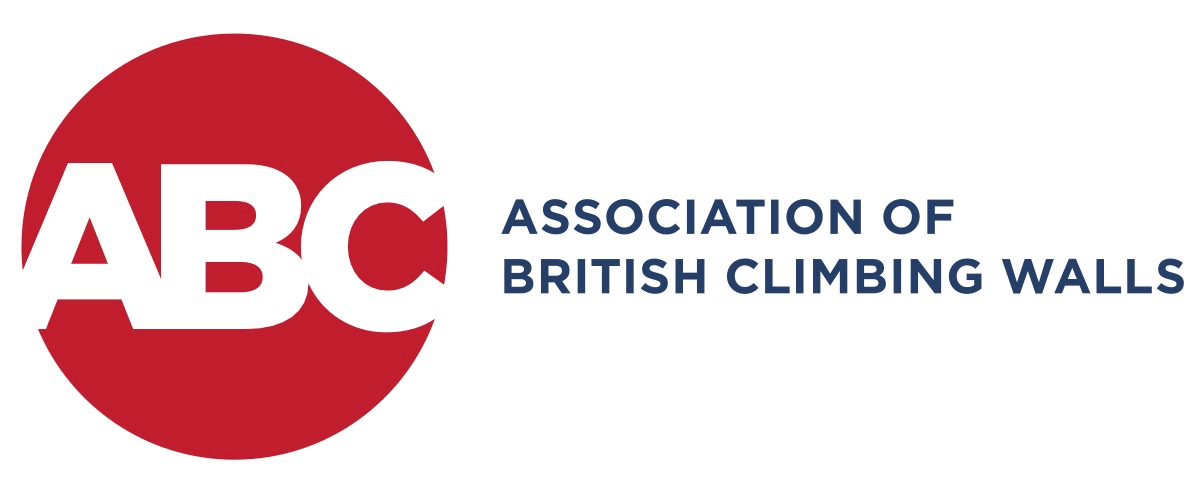Code of Practice
Code of Practice
The indoor climbing industry is diverse, ranging from large dedicated climbing centres to small club and school facilities.
We believe that all climbing walls, regardless of size or purpose, should adhere to the ten points below. This should be the starting point for every climbing and bouldering facility.
Many walls may choose to go beyond this minimum standard and become full ABC Members, committing to complying with the ABC National Guidelines. ABC National Guidelines are only available to aspirant and full members of the ABC and trade associates.
The purpose of the code of practice is to provide a minimum standard for all walls in plain English with pointers on where to get more detailed information. This code of practice has been approved by the British Mountaineering Council (BMC).
Code of Practice:
| # | Principal | Further Information |
|---|---|---|
| 1 | Walls must be fit for purpose. | There are three European standards applicable to climbing wall construction: EN 12572 (part 1, part 2 and part 3). Manufacturers should provide the wall with an Operators Manual. |
| 2 | Walls and all PPE equipment must be maintained and inspected. | Refer to the manufacturer’s instructions for inspection type and frequency.The HSE provides practical guidance on how to apply relevant legislation (including WAHR, LOLER, PUWER). Additional guidance is available in the ABC Guidelines. |
| 3 | All users must be made aware of and accept risks before using the wall. | Users must be given the appropriate information to give informed consent.The BMC participation statement is a general statement that climbing is inherently risky though in many cases, the user will require more specific information.The ABC guidelines provide further guidance. |
| 4 | The operator must have risk assessments for all activities. | If the wall employs more than five people, the risk assessment and a corresponding health and safety policy must be written. The HSE provides further guidance on risk assessments. Amongst other things, the risk assessment should cover all climbing activities, instruction and work at height, first aid requirements and child/vulnerable adult protection. A sample risk assessment is available to ABC Aspirant members. |
| 5 | Only competent users should use roped walls unsupervised. Novice climbers must be supervised by a competent person. | There are different methods for ascertaining competency to climb unsupervised, but in all cases, this should be documented. The ABC guidelines provide further guidance. |
| 6 | Novice boulderers must receive a safety induction or be supervised by a competent person. | Due to the higher risk of injury from bouldering, the ABC recommends a safety induction for any novice boulderer wishing to boulder unsupervised. The ABC guidelines provide further guidance. |
| 7 | All bouldering walls must have impact surface fit for purpose. | Walls built to EN 12572 must have appropriate impact flooring.The ABC guidelines provide further information. |
| 8 | All work at height, including setting, instructing and maintenance of the walls, must have emergency procedures and employ safe working practices at all times. | This is a legal requirement under WAHR and LOLER. The HSE provide additional guidance on employer responsibilities.The ABC Route and Boulder Setting Guidelines offer guidance on compliance for setting activities. |
| 9 | Instruction must be carried out by an appropriately qualified instructor. | There are national qualifications available through Mountain Training UK. Qualification through experience is recognised by the HSE as is site-specific training. The ABC guidelines have further guidance. |
| 10 | Operators must take steps to ensure that the general use of the wall and the points above must be monitored and reviewed regularly. | The ABC offers guidance and examples on effective monitoring of all the above points. |
WAHR = Working at Height Regulations
LOLER = Lifting Operations and Lifting Equipment Regulations
PUWER = Provision and Use of Work Equipment Regulations

